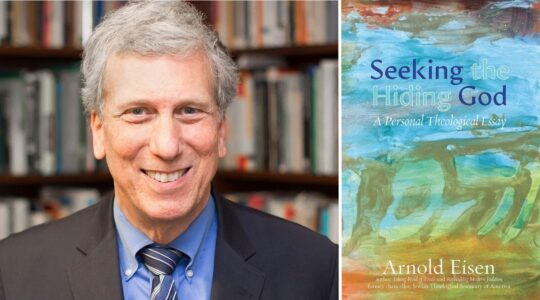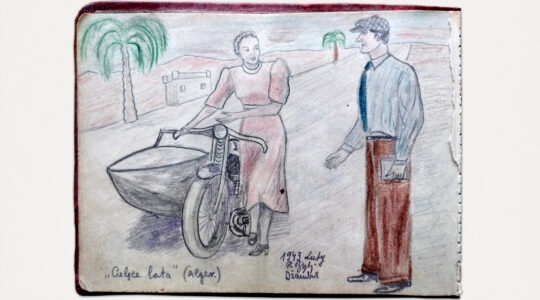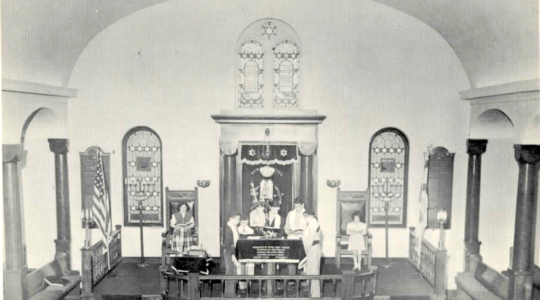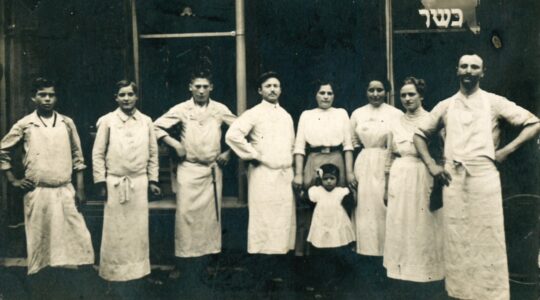As a child with a disability in the 1960s and ’70’s, I learned very quickly that, in order to be heard, I needed to be seen. Hidden behind the veils of misperception, paternalistic attitudes and avoidance, people with disabilities, as members of a social class, have needed to take to the streets in order to be taken seriously. We couldn’t stomach any more condescending head nods, forced smiles, and token actions on the part of policy makers who believed they had the best of intentions.
In 1978, for example, Americans with disabilities organized protests, which erupted into sit-ins across the United States. We wanted to impel the American government to release sensible and disability friendly regulations in order to implement Section 504 of the Rehabilitation Act 0f 1973, (as amended in 1974), nearly five years earlier. The largest sit-in at the time happened in San Francisco, where for 26 days, over 100 people with disabilities and our supporters occupied the federal building. Time-wise, this was longest sit-in in American history, and it was led by people with motorized wheelchairs, guide dogs and ventilators. Hand-held urinals had to be provided or other arrangements were made for wheelchair using protesters who could not access the very bathroom stalls that would have been accessible to them if the 504 federal regulations were already passed and implemented.
While the sit-ins and protests calling for the Health Education and Welfare (HEW) secretary, Joseph Califano, to “sign or resign” were underway, esteemed leaders from the disability community, such as Judy Heumann, testified at hearings and engaged in frustrating negotiations. After having to sleep or excrete into bedpans while in wheelchairs or on floors and having to use hand-held makeshift showers to shampoo their hair for 26 days, the protesters victoriously emerged into the sunlight with equitable disability regulations in hand!
Of course there were those who questioned the protesters’ actions, pondering or saying, “How can they be so irresponsible? After all, they’re interrupting the operations of the HEW’s federal offices. Don’t they know the possible health risks involved? What possible good can come out of causing chaos? They will turn public opinion against them.”
Nevertheless, in the end, everyone was victorious. We needed each group, the protesters, testifiers, and negotiators, to work as a unit. One party without the other would not have worked. We needed the protesters to call nationwide attention to the issue; the testifiers to delineate the points of contention; and the negotiators to produce an agreement.
In her Oct. 24 Jewish Week article, “‘Klinghoffer’ As Gateway To Dialogue,” Maharat Rori Picker Neiss stated: “The Jewish community in New York has chosen to launch a passionate protest against the performance and, in doing so, they have let a tremendous opportunity fall by the wayside. … Instead, I invite all those who plan to protest the production to choose to engage. To take the difficult, likely painful step, to opt for dialogue over demonstrations, proaction over protests.”
I, along with the majority of protesters, found out about the staging of the performances months after closed-door discussions transpired and tenuous agreements were reached. The Met would present the opera in New York with the Klinghoffer name, despite the remaining objections of Lisa and Ilsa Klinghoffer, the murder victim’s daughters. The New York community had no voice in the conversation. Moreover, the disability voice was again not sought. There was no opportunity for “proaction” by more than a few parties.
As a staunch defender of the Constitution, I never questioned the first amendment right to produce and stage the opera. I read the libretto. Though the libretto contains several lines that are clearly anti-Semitic, one can contend that the opera does not aim to promote anti-Semitism. Furthermore, I knew that Leon Klinghoffer would be portrayed as a tragic figure, eliciting the audiences’ sympathy. However, the composer and librettist of the opera, as well as Peter Gelb, the Met Opera’s general manager, themselves stated that the opera aims to artistically explore and depict the motivations of terrorists and the complexities of the Israeli-Palestinian political situation.
It is this attempt to portray a semblance of moral equivalence that is the common grievance to all conscientious objectors to this production. No political cause can ever defend the holding of hostages or premeditated murder of innocents. By attempting to do so, everyone involved in the opera’s production, staging and marketing bestows a modicum of esteem to the terrorist and a notable element of responsibility to the victims. So, I and others are not moved by the argument that stresses how sympathetically the Leon Klinghoffer character is portrayed while the underlying message coveys that he and his people ultimately have a hand in his own murder. This message both is unfair and can ignite latent anti-Semitism. We also object to Peter Gelb’s insensitivity to the Klinghoffer family by staging the opera despite their objections.
As a disability advocate, I object to having the image of a murdered wheelchair-user employed to draw audiences in and elicit the question: “What could have driven men to sink below humanity and coldly kill a wheelchair-using senior citizen, a husband, and father and then throw him and his wheelchair into the sea?” His murder is not the “unfortunate consequence” of a complex political situation. There is absolutely no valid political rationale for taking hostages and for murdering even a wheelchair-user.
To Maharat Picker Neiss, I respectfully say that, yes, dialogue is essential. That said, public demonstrations are needed when constituencies feel unheard or when they are unhappy with the progress of negotiations. In this case, people with disabilities were certainly not invited to the early conversations and a large contingent of New Yorkers were unhappy with Gelb’s insensitivity and lack of discretion, as expressed by his determination to stage the opera despite the objections and questionable timing.
Support the New York Jewish Week
Our nonprofit newsroom depends on readers like you. Make a donation now to support independent Jewish journalism in New York.
I submit that we needed the protests and press conferences in order to lend visibility to those of us who felt unseen and unheard and to delineate the issues worthy of true dialogue, though it is difficult to control everything that is said or happens at any given moment. The organizers used comparable imagery of wheelchair users to give voice to Leon Klinghoffer and the wheelchair-using community. The protests, in the end, successfully called nationwide attention to the disturbing issue and thereby generated important discouse amont many.
Sharon Shapiro-Lacks is executive director of Yad HaChazakah-The Jewish Disability Empowerment Center (yadempowers.org.)
The New York Jewish Week brings you the stories behind the headlines, keeping you connected to Jewish life in New York. Help sustain the reporting you trust by donating today.




